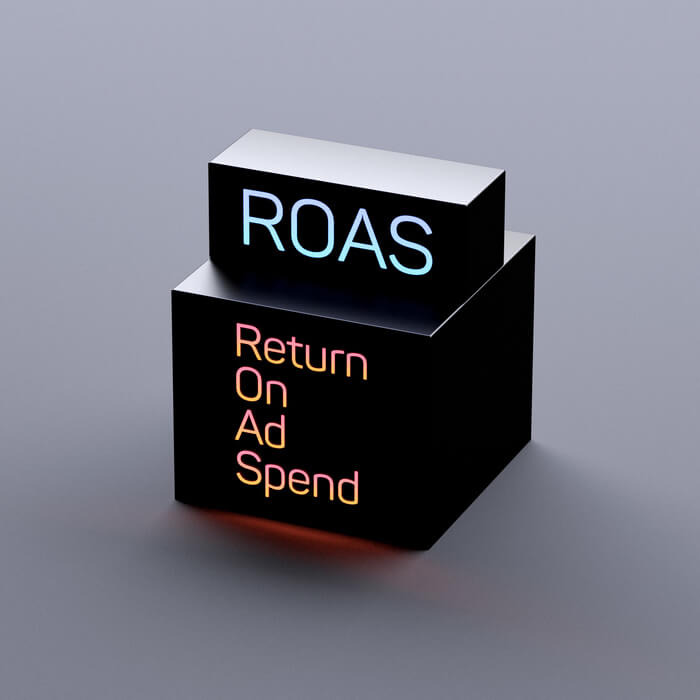
7 Intelligent Content Marketing Strategies for Insurance Companies
Aug 23, 2019|Read time: 6 min.
Key Points
- Insurance company content can drive conversions and brand loyalty.
- Provide real value with content that solves your audience’s problems.
- Use stories to keep your audience engaged and drive brand loyalty and word-of-mouth marketing.
Content marketing for insurance companies can be dull. It can be boring. It can be a turnoff. But, it shouldn’t be!
With a bit of effort, you can transform your insurance content marketing strategy into an engaging digital experience. The benefits of content marketing include increased conversions and brand loyalty. And those have a real impact on your bottom line.
Stuck on where to start? Here are 7 simple insurance website content marketing examples you can use to improve your content strategies and convert organic traffic.
1. Amplify your brand personality
Let’s start with a common roadblock insurance companies encounter as they develop a creative content strategy: the boredom factor. To be frank, insurance just isn’t the sexiest topic. Articles comparing car insurance premiums are unlikely to turn into clickbait, and on top of that, you have a whole array of misconceptions about the industry to battle.
Fortunately, you can draw inspiration for your own content strategy template from other popular insurance companies. Before content marketing was widely known, insurance giants were expanding their understanding of the brand voices and personalities that fit into the insurance world. Progressive’s Flo, Allstate’s Mayhem, Geico’s gecko and cavemen, Aflac’s duck, etc. The personalities and mascots of the biggest insurance brands are anything but boring.
By bringing off-the-wall campaigns, strong personalities, and recurring characters into the conversation, insurance marketing strategies resonate better with customers. They are there to bring an unconventional, multi-faceted, supportive approach to solving the customer’s problems. That’s a pretty big narrative shift, and as content strategist, all you have to do is keep pushing things in the right direction.
Off-beat, caring, or educational: use your brand’s personality to generate a world of content ideas driven by the same ethos.
Content Strategy Playbook
The Fortune 500 CMO’s guide to content strategy.
2. Solve problems (without being salesy)
There are experts at your company who can navigate a world that feels inaccessible and ever-shifting to the average customer. Leverage these experts to empower your customers with information. If people feel like insurance is a game where the house always wins, teach them the rules of the game. Progressive does this very successfully with Progressive Answers, a resource section built to demystify insurance by answering real customer questions.
And helpful content doesn’t have to be tightly tied to insurance if it addresses related subject matter that you know your audience cares about. Esurance, for example, reported that their DIY-related blog posts received high engagement. Why? Because they were helpful without making users feel like Esurance was pushing an agenda. Geico also creates helpful posts about tangential topics, like “How to Clean Bugs off Your Car” and “4 Steps to Make You a Parallel Parking Pro.”
Create content that genuinely helps your audience, and your audience will trust that you’re genuinely there to help.
3. Tell stories
Why does everyone love Farmers Insurance commercials? Because they tell sometimes hilarious, sometimes jaw-dropping, sometimes completely unbelievable stories about the messes they’ve helped people out of. Their tagline “we know a thing or two because we’ve seen a thing or two” reminds the viewer that yes, this person really had a car land on their house and Farmers ACTUALLY covered it!
Stories are powerful. Farmers even keeps a Hall of Claims on their site where they share some of their wildest stories.
Various insurance companies have discovered the power that the average customer story has, and they share these stories using the brand’s voice and tone. MetLife, Oscar, and USAA, for example, all showcase customer stories via YouTube series.
But each series is distinctly different, ranging in tone from inspirational to instructional. Whether you’re developing a blog strategy or producing a podcast, remember that most of the time, you don’t need to look farther than your own customers to find a great story.
4. Build strategic partnerships
Your association with other top brands can make a huge impression on your audience. So, build strategic partnerships with experts in related fields to co-produce awesome content. Like Esurance, when they partnered with the stars of HGTV’s The Property Brothers to produce a whole series of DIY tips and tricks for common household issues.
Progressive also addresses home-related tips through their partnership with Houzz, providing helpful DIY content like this Winter Home Checklist. With its LifeLanes microsite, the company partners with a wide range of experts in different fields, from Houzz to pet insurance experts to car repair communities.
Similarly, Liberty Mutual partners with HowStuffWorks to produce MasterThis. It’s a site full of helpful advice on mastering different home- and car-related topics, like how to increase the value of one’s home.
5. Highlight your differentiators
Root Insurance is a new but successful car insurance company. Their differentiators? 1. Your quote is based on how you actually drive, not your age, gender, etc. and 2. It’s all done through an app.
You’ll get an actual insurance card, but all your information is easily accessible through the app in case you forget your card at home. Whatever your differentiator is, create content that highlights it the way Root does on their blog.
This is another place where your brand personality will help drive the content, as your key differentiators may very well include the unique way you approach people and problems.
6. Create content throughout the conversion funnel
The conversion funnel (awareness, consideration, decision) reflects the path the consumer takes as they move from broad research to an understanding of how to solve their problem. Very different audiences reside at each stage, with different levels of knowledge, needs, and likelihood of converting. The key to a successful content strategy is to create content for every stage of the purchase funnel, ToFu, MoFu and BoFu.
If a consumer is in the “awareness” phase, for example, they may not be thinking about insurance. But they do care about their car. And a post like Geico’s How to Clean Bugs off Your Car successfully targets this audience. This audience is broad, and they’re unlikely to want insurance today. But planting the seeds of awareness now will make them remember you when they do want to shop around for a new insurance policy.
If a customer is in the “decision” phase, on the other hand, they’re actively thinking about purchasing insurance and need help in making the final decision. A blog post like Progressive’s Average Cost of Car Insurance By State is an excellent resource for this audience, who can use the new information as they weigh their options.

7. Create useful tools
Useful tools, templates, and other resources are an extremely shareable and effective way to connect to your audience. And when it comes to finding natural opportunities to build and provide a genuinely helpful tool? The insurance industry actually has a leg up on some of the more consumer-friendly sectors like retail. The need for simple, quick ways to aggregate and calculate data abounds across the insurance sector.
Some insurance companies already provide solutions for common needs:
- GEICO offers a coverage calculator.
- Farmers has an assessment tool to figure out the specific insurance a consumer may need.
- EdwardJones has a life insurance needs calculator.
And there are still plenty of openings left where your own tool can make life a little easier for customers and prospects.
Interactive tools are incredible for lead generation as well as for SEO. These shareable assets power your SEO strategy through natural backlinks. Even better, they’re stand-alone solutions that can pull in new organic traffic!
If a prospective customer finds your tool through organic search, they’ll have a positive, highly personalized brand experience. However, users may need to read several articles on your blog to feel the same level of brand awareness that one well-executed tool can create.
There’s a simple truth that can inform any well-designed content strategy. But for insurance companies it’s the lynchpin: provide solutions that are free from agenda, and people will reward you with their trust.
Consumer Connections Newsletter
Exclusive insights, trends, and actionable brand strategy, direct to your inbox.




